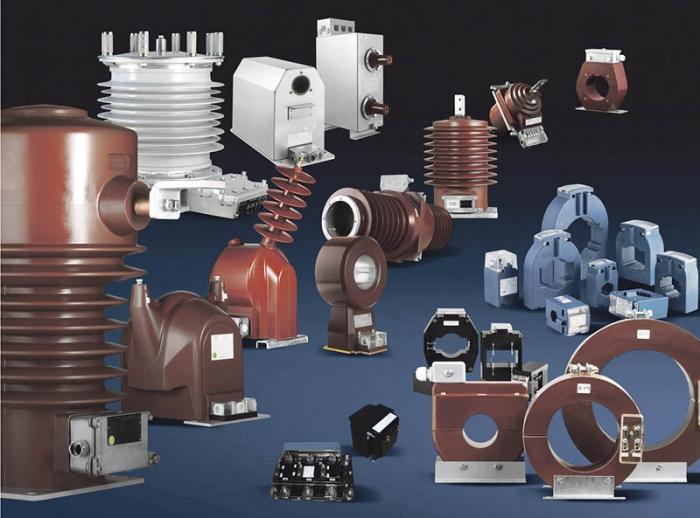Current direction: from negative to positive or vice versa?
We all know that electricityis a directed flow of charged particles as a result of the action of an electric field. This will tell you any schoolboy. But the question of what is the direction of the current and where these same particles go, many can be stumped.

Essence of the question
As you know, in the conductor electricitytransfer electrons, in electrolytes - cations and anions (or simply ions), in semiconductors electrons work with so-called "holes", in gases - ions with electrons. From the presence of free elementary particles in a material, and its electrical conductivity depends. In the absence of an electric field in a metallic conductor, the current will not flow. But as soon as there is a potential difference in two of its sections, i.e. there will be a voltage, in the movement of the electrons chaos will cease and the order will come: they will start from the minus and go to the plus side. It would seem that here is the answer to the question "What is the direction of the current?". But it was not there. It is enough to look in the encyclopaedic dictionary or simply in any textbook on physics, as soon as a certain contradiction becomes noticeable. It says that conventionally the phrase "current direction" means directed movement of positive charges, in other words: from plus to minus. What about this statement? There is a contradiction here with the naked eye!

Force of habit
When people learned to make a chain of permanentthey still did not know about the existence of an electron. Moreover, at that time did not suspect that he was moving from negative to positive. When Amper proposed in the first half of the 19th century the direction of the current from plus to minus, everyone took it for granted and nobody decided to challenge this decision. 70 years passed before people found out that the current in metals is due to the movements of electrons. And when they realized this (it happened in 1916), everyone was so used to the choice made by Ampere that they did not change anything anymore.
"Golden mean"

In electrolytes, negatively charged particlesmove to the cathode, and positive - to the anode. The same thing happens in gases. If you think about which direction of the current will be in this case, only one option comes to mind: the movement of the multi-polar electric charges in a closed circuit occurs towards each other. If we accept this statement as a basis, then it will remove the present contradiction. Perhaps this will cause surprise, but even more than 70 years ago, scientists received documentary evidence that opposite in sign electric charges in the conducting medium really move towards each other. This statement will be valid for any conductor regardless of its type: metal, gas, electrolyte, semiconductor. Whatever it was, it remains to be hoped that over time, physicists will remove confusion in terminology and will make an unambiguous determination of what is the direction of the current flow. The habit, of course, is difficult to change, but you must finally put everything in its place.
</ p>

